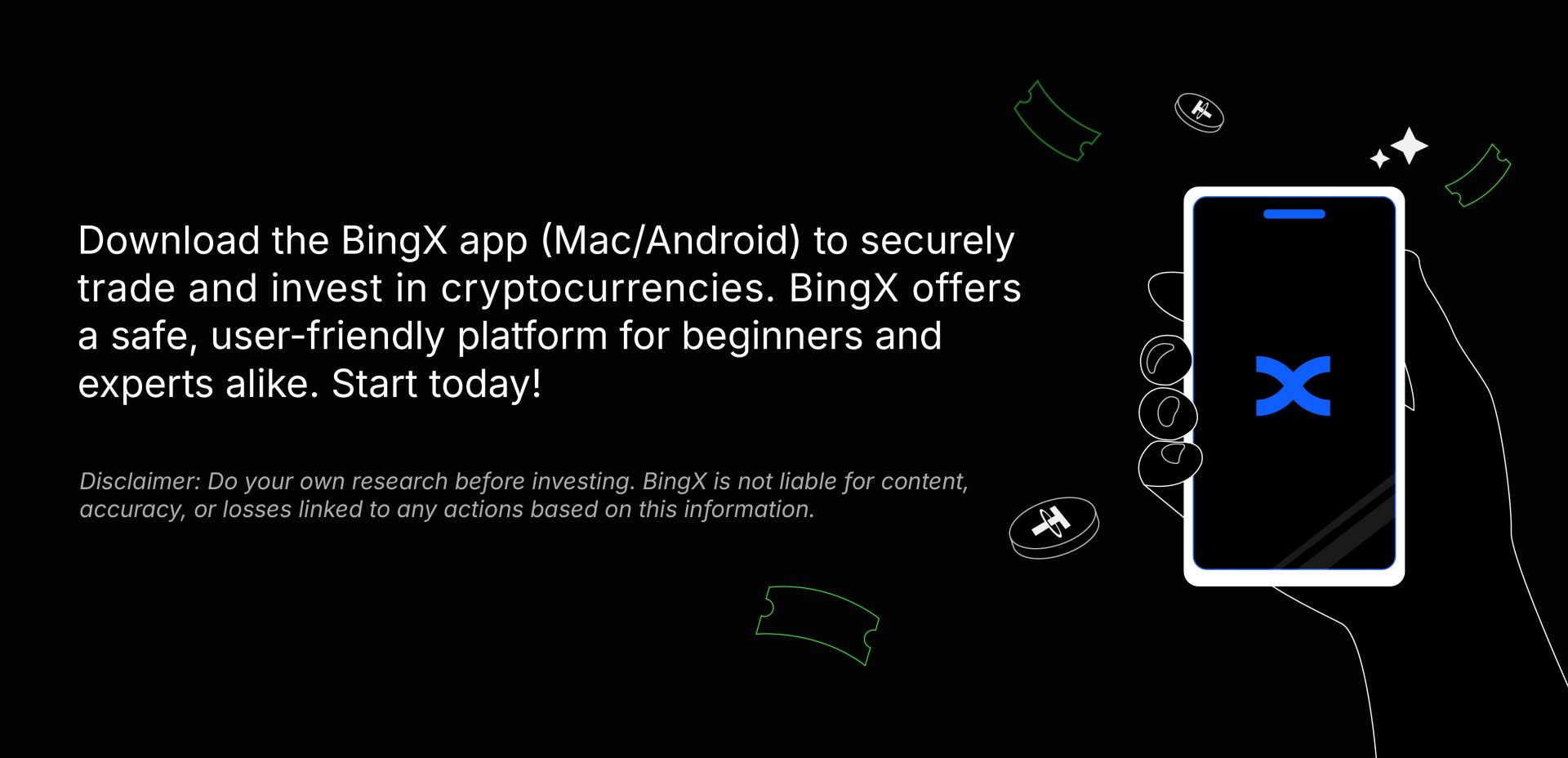A major change is on the horizon: an executive order now allows cryptocurrencies—and private equity—to potentially be included in U.S. 401(k) retirement plans. This move could unlock over $9 trillion in retirement assets for digital investment, as policymakers redefine what counts as an acceptable fund option.
What’s Actually Changing?
This executive order directs the Department of Labor and other federal agencies to reconsider which investments are allowed in 401(k) plans. Currently, most of these accounts are limited to stocks, bonds, and cash equivalents. The new guidance could pave the way for regulated crypto options and diversified alternative assets to be smoothly integrated into retirement portfolios.
Redefining Traditional Access to Digital Assets
This isn’t about sensational headlines—this could fundamentally reshape long-term demand for Bitcoin and other crypto by enabling millions to dollar-cost average using their paycheck contributions. While being an excellent way to get long-term exposure to crypto, it also opens the floodgates to a $9 trillion market for retirement funds, potentially altering the way the market moves for active traders, too.
The move might be reminiscent of similar intersections between crypto and TradFi in the past for traders – like back when the very first Bitcoin ETF received approval, allowing seamless access to exposure to digital assets through more traditional channels.
Asset managers like BlackRock and Apollo are reportedly already developing new retirement products anticipating this shift. And while the rollout will take time—thanks to regulations, compliance checks, and education—it’s clear: crypto could just be moving closer to becoming a retirement asset option.
Traders Still Need to Be Vigilant
Before diving in, it’s important to understand both the potential and the risks:
- Crypto can offer exponential upside, but it comes with high volatility. It’s not necessarily for every retirement saver.
- Whether saving for retirement, or eyeing the impact these regulatory updates could have on the market – it’s important to do your own research before jumping in.
- Still, for younger, long-term investors who are open to taking calculated risks, a small, well-structured crypto allocation might mean better diversification.
Bringing It All Together
The inclusion of crypto in retirement accounts isn’t just a headline—it signals deeper institutional acceptance and regulatory evolution. If deployed responsibly, this could open up new tools for wealth-building, all within platforms people already use daily.
If you’ve ever wanted crypto exposure without setting up a separate exchange, your 401(k) could soon be one of the easiest and most compliant ways to get it—provided rules and safeguards fall into place as planned.
